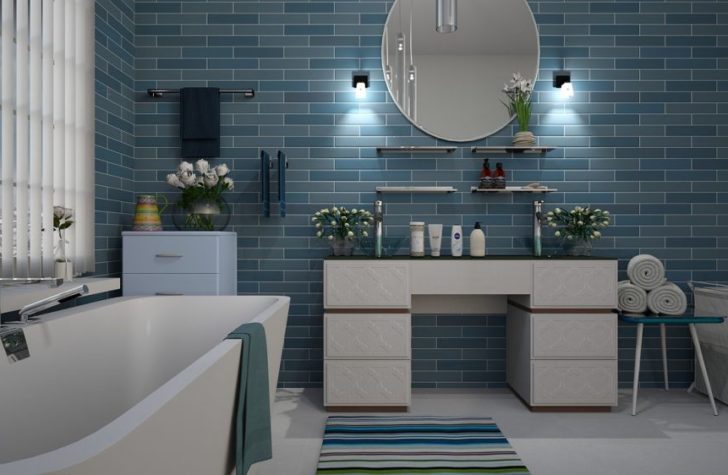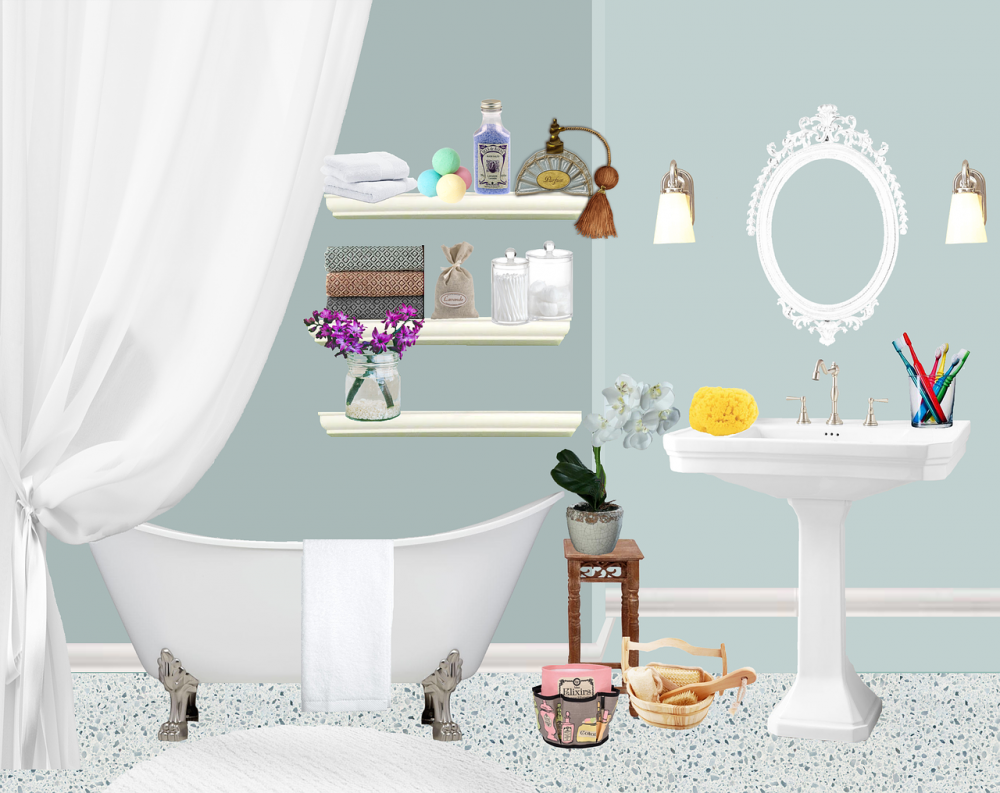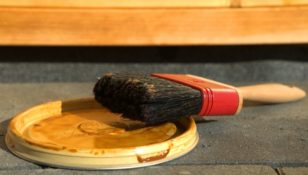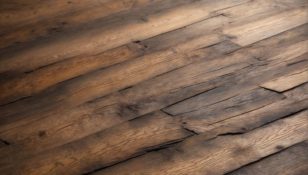Microcement bathrooms have become increasingly popular in recent years, offering a sleek and modern look that is both stylish and functional


Whether you are designing a new bathroom or renovating an existing one, microcement can be a versatile and durable choice that will transform your space into a contemporary oasis.
So, what exactly is microcement? Also known as microtopping or micromortar, microcement is a thin layer of cementitious material that is applied directly onto various surfaces, including walls, floors, and even countertops. It is a highly versatile material that can be customized to suit different design preferences, offering a seamless and minimalist finish.
One of the main advantages of microcement is its durability. It is highly resistant to wear and tear, making it perfect for high-traffic areas like bathrooms. Microcement is also waterproof, making it an ideal choice for bathroom floors and walls. Additionally, it is easy to clean and maintain, requiring only regular sweeping and mopping to keep it looking its best.
Another benefit of microcement is its versatility. It can be applied to almost any surface, including tiles, concrete, and even plasterboard. This means that you can easily transform your old bathroom into a contemporary space without the need for extensive renovation. Microcement can be used to create a seamless and modern look, as well as add texture and depth to your bathroom design.
Now let’s take a look at the historical development of microcement bathrooms. While microcement may seem like a relatively new concept, it actually has its roots in ancient building techniques. The Romans, for example, used a form of microcement called “opus signinum” to create waterproof surfaces in their baths and aqueducts. This early form of microcement was made by mixing crushed stones and volcanic ash with lime plaster.
Fast forward to the present day, and microcement has undergone significant advancements in terms of technology and application methods. Modern microcement is typically made by mixing cement, resins, and additives to create a thin and flexible compound. This compound is then applied in multiple layers, each layer allowing for greater customization and design possibilities.
In recent years, the use of microcement in bathrooms has gained popularity due to its versatility and contemporary aesthetic. It can be applied to walls, floors, showers, and even sinks, creating a seamless and minimalist look that is both timeless and modern. The popularity of microcement bathrooms is also driven by the growing trend for open-plan living spaces, where a cohesive design is desired throughout the home.
When it comes to designing a microcement bathroom, there are a few key considerations to keep in mind. Firstly, the surface needs to be properly prepared before applying the microcement. This may involve removing any existing coatings or tiles and ensuring that the surface is clean and level. It is also important to choose the right color and finish for your microcement, as this will determine the overall look and feel of your bathroom.
In terms of maintenance, microcement bathrooms are relatively low maintenance. Regular cleaning with a pH-neutral cleaner is usually sufficient to keep the surface clean and looking its best. It is important to avoid abrasive cleaning agents or tools, as these can damage the microcement. Additionally, it is recommended to reseal the microcement every few years to maintain its waterproof properties and protect it from wear and tear.
In conclusion, microcement bathrooms offer a contemporary and versatile solution for homeowners and property owners looking to create a modern and stylish space. With its durability, waterproof properties, and minimalist aesthetic, microcement is an ideal choice for bathrooms. Whether you are renovating an existing bathroom or designing a new one, microcement can transform your space into a sleek and functional oasis. So why not consider microcement for your next bathroom project and enjoy the benefits of this innovative material?

















